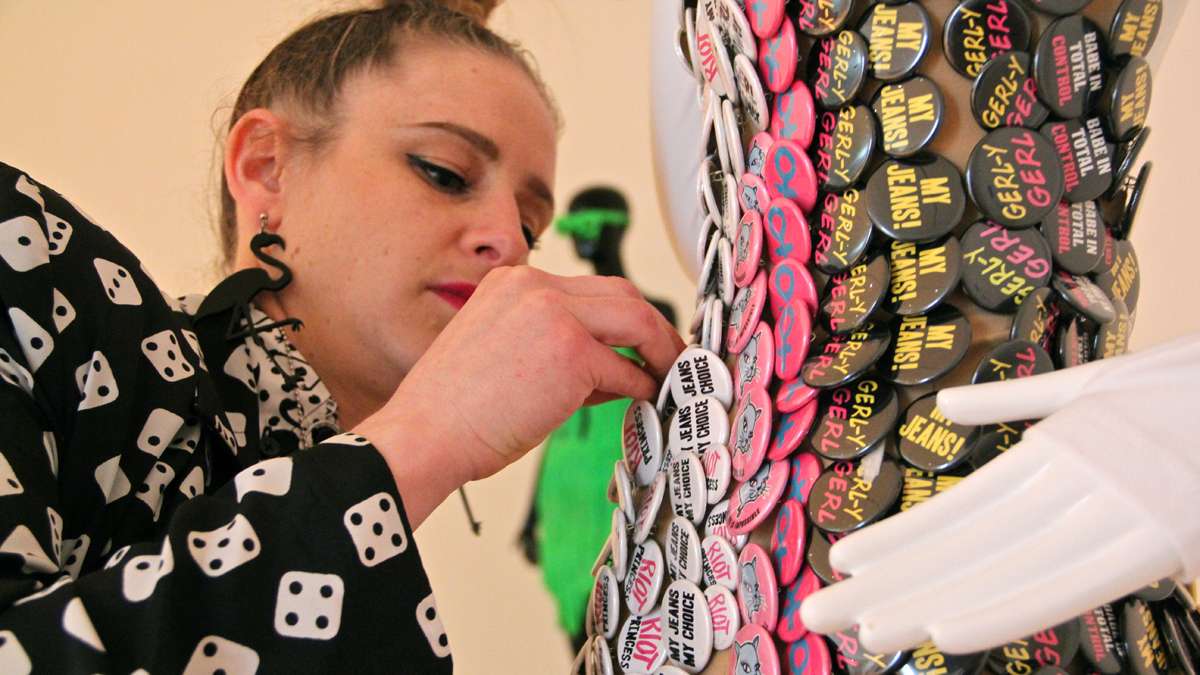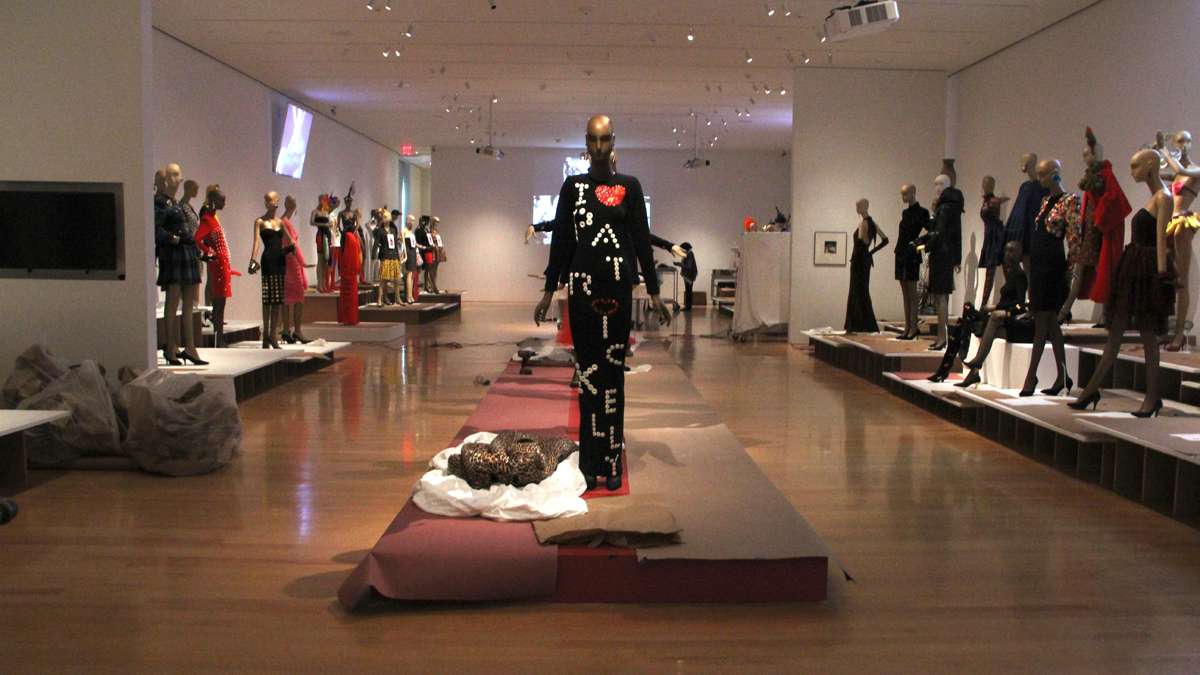Is New Jersey losing its enthusiasm to merge towns?
Governor Christie may be calling for more municipal consolidation, but most New Jersey residents are not convinced that merging two towns to combine services will solve the state’s high property tax problem.
A recent Rutgers-Eagleton poll shows only 45 percent of Jersey residents support consolidating their municipal government with a neighboring one – that’s a 9-point drop in support since the last time this poll was conducted in 2010. Opposition to consolidation has risen 8 points, currently at 46 percent.
David Redlawsk, director of the Rutgers-Eagleton Poll and professor of political science at Rutgers, says the waning support is likely due to a loss of urgency.
“I think it has been less visible to the public,” Redlawsk told NewsWorks, explaining that the governor had been strongly advocating consolidation around the time the last polling was conducted in 2010. “When things fade a bit from the public eye, people don’t feel the pressure in some sense.”
Redlawsk also says average property tax bills across the state have not rapidly increased in the last few years, which has turned down the heat on consolidation concerns.
But opinion polls don’t answer the important public policy question at hand: Does merging towns lead to lower property tax rates? Preliminary findings from a study still underway by the Rutgers Bloustein School of Planning and Public Policy suggests that merging towns may find some savings but it’s not enough to significantly drive down taxes, which has been the Governor’s main selling point.
Using numbers from the State Division of Local Government Services and census data, the researchers found that, excluding resort towns, it costs about the same per capita to run any municipality in New Jersey, regardless of size.
The Princeton experiment
All eyes have been on Princeton, N.J. ever since residents from the Princeton Borough and Township combined their fairly large municipal governments last year. The Bloustein report says the merger cut only 5 percent of the town’s combined municipal costs in 2013, a negligible amount when accounting for fluctuations in school taxes which make up more than 75 percent of the total property tax bill for Princeton. However, the Princeton administration claims the marginal drop translates to about $126 in annual savings per homeowner. A three bedroom townhome can easily pay upwards of $9000 per year in property taxes.
Gina Genovese says those numbers are worth celebrating. Genovese is the executive director of the pro-consolidation group Courage to Connect New Jersey, and she thinks the Bloustein report enforces a bleak status quo.
“Two towns of that size have never gotten together in the entire country, and here we are being negative about something that should be a highlight!” said Genovese. “[The Princeton merger] is the first step – it’s not the model. When the smoke clears in three to five years, then we’ll see exactly where we’re going to be.”
Muni-merging efforts under Corzine
It’s tough to make general projections about town consolidation because there isn’t a lot of prior data to point to and each town has a unique host of factors to consider. But there was a time when a state committee existed for the sole purpose of examining individual mergers and providing legislative advice.
The state’s Local Unit Alignment, Reorganization and Consolidation Commission (LUARCC) was created in 2007 under Governor Jon Corzine’s administration. Its purpose was to find cost-cutting ways to provide local services; this involved weighing the costs and benefits of sharing services with nearby towns and advising the legislature. But the commission has been inactive since Christie took office in 2010, failing to appoint three vacancies to the commission and pulling the plug on funding.
“[Christie] never even put his own people on the commission. The commission could have provided a forum for the governor’s message to get out!” commission member Bob Casey told NewsWorks.
Before falling dormant, LUARCC was conducting a major study with Rutgers to study consolidations across the nation to identify where the biggest savings could be found.
Casey concluded early on that merging small towns with larger neighbors isn’t the most productive solution. He says rather than go one giant step, two or more jurisdictions should first identify which mutual services can be shared (like police and fire departments). Once they’ve merged their immediately beneficial services, the towns can start seeing what other needs can be merged. Hundreds of neighboring municipalities across the state are currently involved in shared-service agreements.
LUARCC also identified obstacles to shared services – differences in health officer tenures, difficulties merging civil service and non-civil service departments – and made formal recommendations to state Senate President Stephen Sweeney, a major proponent of consolidation. However, Casey says he’s disappointed to see many of his recommendations fall off Sweeney’s shared services bill as it has evolved.
“Right now I don’t see much direction from Trenton at all except for the standard endorsements, but nothing in terms of an action agenda.”
Eliminate duplication
With 565 municipalities in the state, Christie and Sweeney have eagerly pushed the idea of saving taxpayers’ money by combining services. Moreover, Sweeney has been advocating a measure to penalize towns that refuse state-recommended consolidation by cutting their state aid.
That crosses the line for many residents, including Bill Dressel, Executive Director of the New Jersey League of Municipalities (NJLM). The group is a voluntary association engaged in advising and lobbying; its membership spans all 565 municipalities.
“In a democracy, that’s not an appropriate action to take against people,” said Dressel of Sweeney’s proposition. “Quite frankly, for a state agency to come forth with a model on consolidation or inter-local services that might make sense to some bureaucrat in Trenton does not necessarily mean it’s going to work on Main Street on any community in the state, so we’ve got a problem with that.”
Sweeney’s proposal is meant to prevent colloquial interests from getting in the way of merging – many people identify with their municipalities and view local governments as a source of pride, which should not be mistaken for efficiency. But the fact is consolidation decisions are based on local referendums.
“We always believe that if presented with the right information and if it was positive, elected officials and voters would recognize it’s in their own best interest and move in that direction,” said Casey.
WHYY is your source for fact-based, in-depth journalism and information. As a nonprofit organization, we rely on financial support from readers like you. Please give today.
















